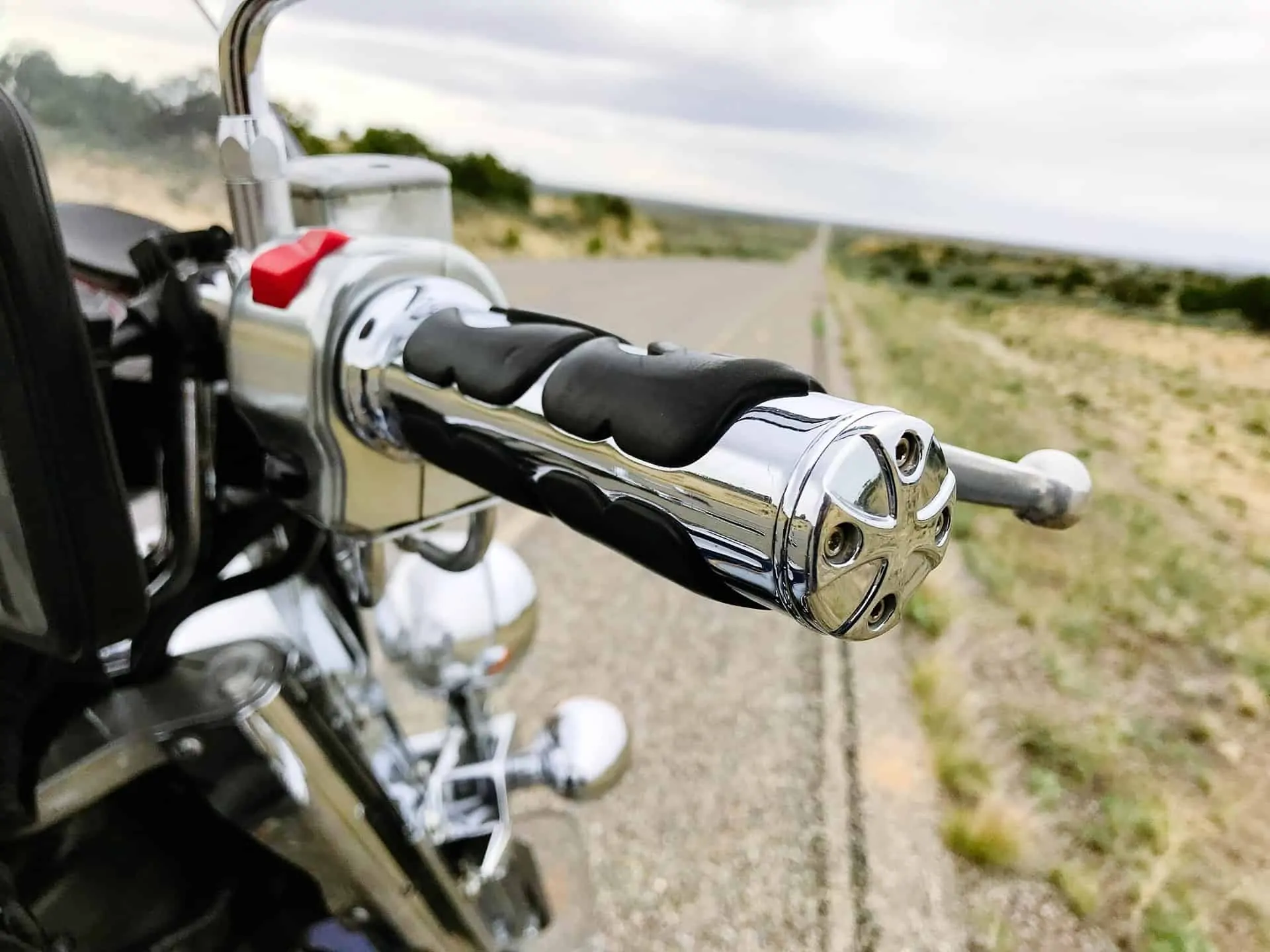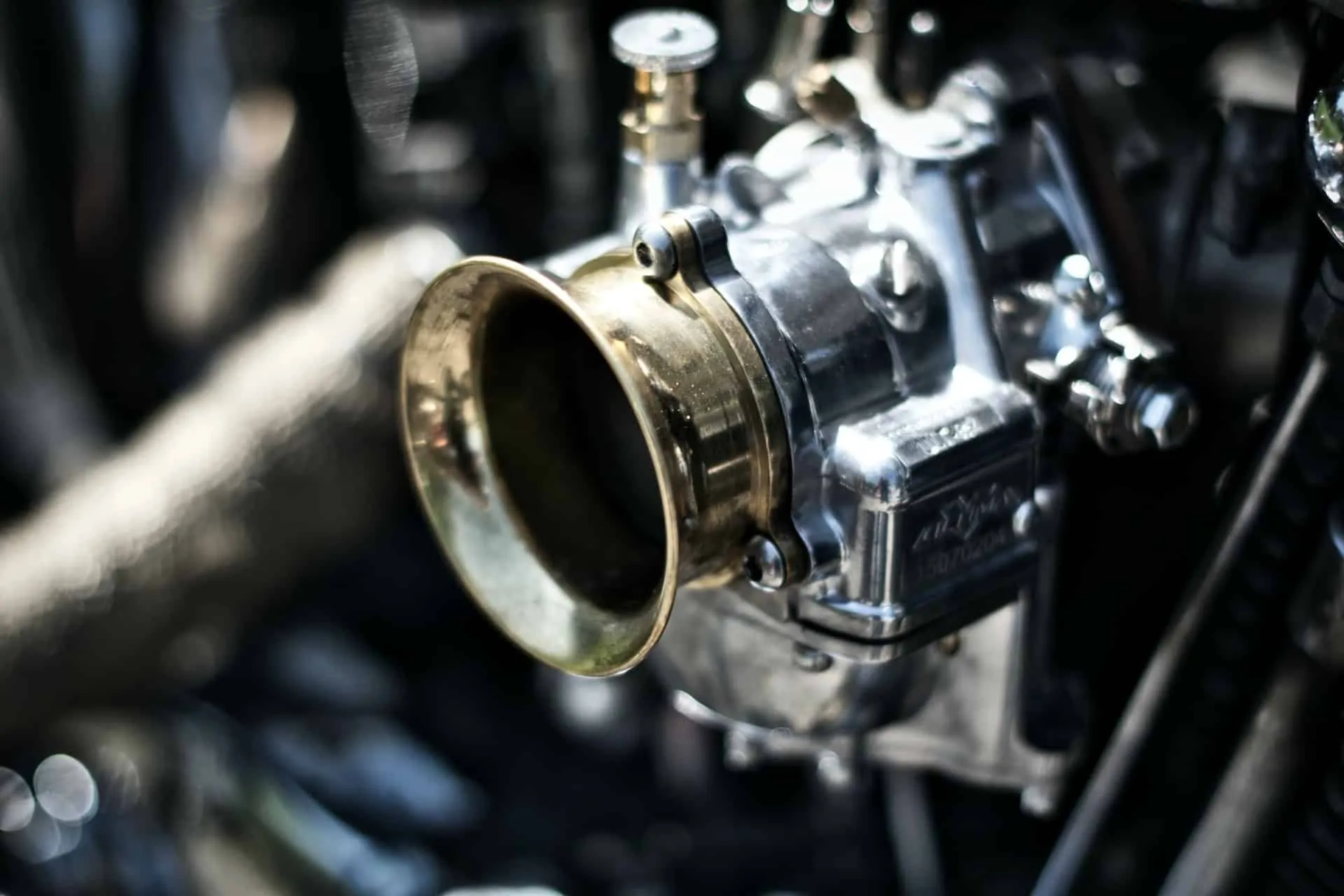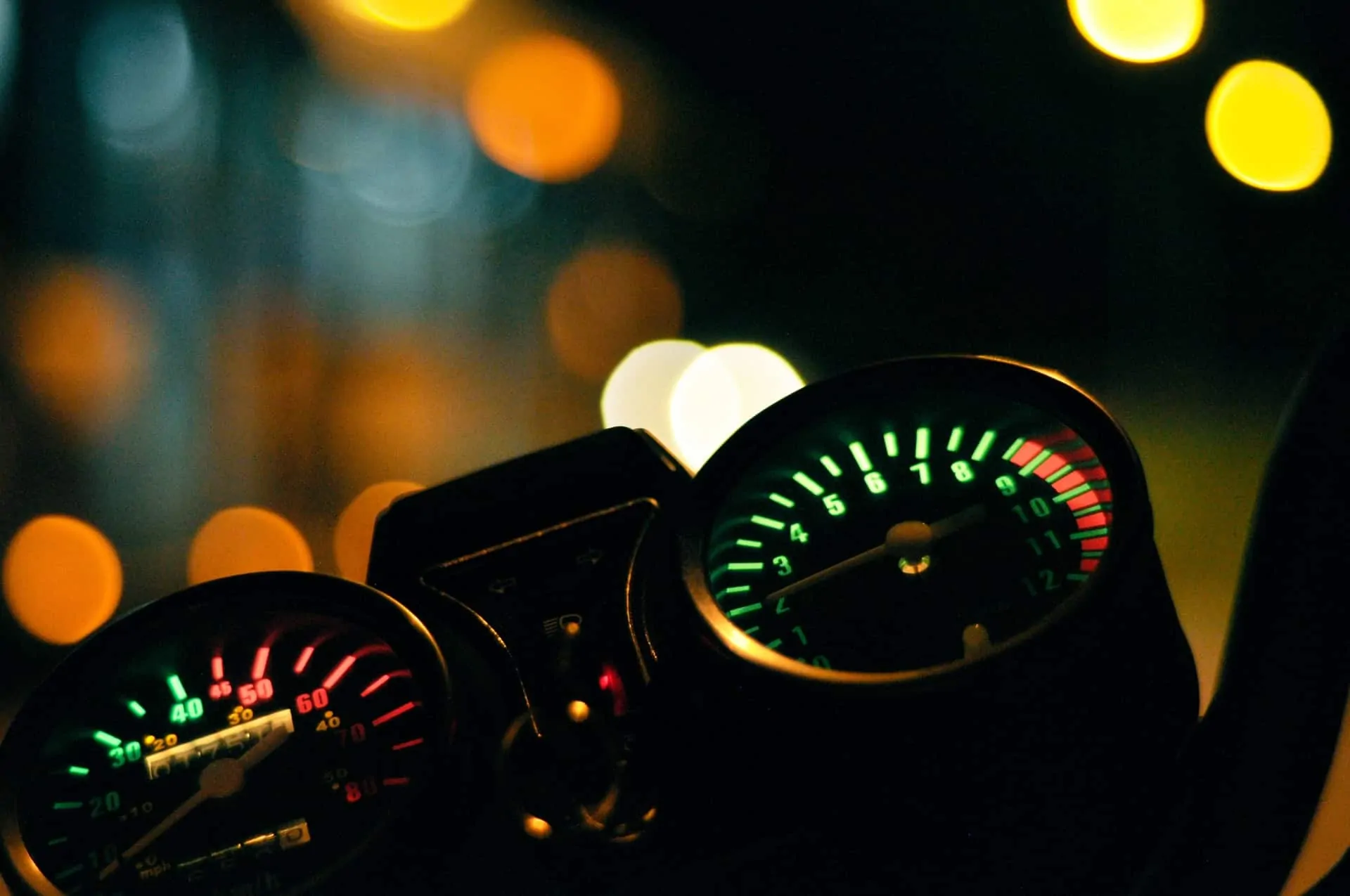A motorcycle engine that only runs on choke is a dangerous ride. This problem is particularly rampant among ATV motorcycles and dirt bikes models.
The choke lets more fuel into the chamber to balance the air/fuel ratio. If the choke is fully on while running, it means the motorcycle is trying to make the engine run richer. This is caused by:
- Clogged pilot and main jets in the carburetor
- Clogged fuel line
- Vacuum leaks in the carburetor
- Dirty petcock
The most common cause of this is a carburetor problem so you can fix it by cleaning and maintaining it.
Clogged Carburetor Jets
As aforementioned, the most common cause of this problem is clogged carburetor jets. The pilot jets are the passageways through which fuel travels through to enter the carburetor during idle. It also supplies fuel during acceleration or when you twist the throttle.

Any blockage in the jets means that there won’t be enough fuel supply to the carburetor, which forces the choke to stay open to compensate for the lost fuel. Otherwise, the motorcycle will run lean.
Running on full choke is unsustainable. The fuel and air mixture will be too rich and flooded with fuel. The engine will rev too much because of the excessive fuel so overall, the motorcycle can’t be driven for long periods of time.
The Solution
There are different solutions to solve the problem of clogged pilot jets in the carburetor.
-
Using Sea Foam
This is the easiest and simplest solution that you can use to treat mild obstructions in the pilot jets. The Sea Foam engine treatment is a chemical solution used to flush out debris and gunk from the carburetor. It is perfect for mild cases of blockage in the jets. I’m using this one I purchased from amazon.
The simplest way to use it is by treating it as a fuel additive. Fill up the motorcycle with the recommended fuel and then add an ounce of Sea Foam for every gallon of fuel. Ride your motorcycle as you normally would.
If the previous non-invasive method didn’t work, it’s time to directly funnel the Sea Foam through the carburetor itself. Remove the fuel line that supplies fuel to the carburetor. Drain the float bowl of all traces of fuel. Use a funnel to pour some Sea Foam into the fuel line. This will fill up the float bowl.

Start your motorcycle and rev the engine while pouring about a third of a can of Sea Foam. Expect some white smoke to come out of the exhaust pipes. Don’t worry because this is completely normal.
Allow the engine to burn all of the Sea Foam before reattaching the fuel line to supply normal fuel. After about fifteen minutes of letting the engine run on fuel, check if the choke is still open. The choke should be closed by now.
-
Carburetor Cleaning
This is the next step if the Sea Foam method still didn’t work. This involves taking apart the carburetor and then clearing the blockage in the jets.
The carburetor is made of so many fine and delicate parts. Work in a clear area where you can easily keep track of all the parts. Purchase a carburetor rebuilding kit that corresponds with your motorcycle make and model. Each kit will cost around fifty to a hundred dollars. it is definitely a good investment to keep your carburetors in top shape at all times.
Tips For Cleaning The Carburetors

Removing and disassembling the carburetors allow you to deeply clean all the parts, from the jets to the float bowls. This eliminates any blockage but it is such a delicate process that requires you to strictly follow steps.
-
Label The Hoses
Labelling the hoses ensure that you can keep track of what goes into which hole. This is applicable for when you remove the gas tank and other hoses connected to the carbs. Take some masking tape and then label them accordingly. You can assign numbers or letters to keep track of everything.
-
Keep Track Of The Parts
Dismantling the carburetor means dealing with fine parts and tiny bolts. Work in a clean and well-lit space so that you can keep track of all the parts.
It is recommended to use a cardboard sheet or a whiteboard. Label each slot so that you can easily return them afterwards. You can also use a magnet or a bowl to keep everything in one location.
